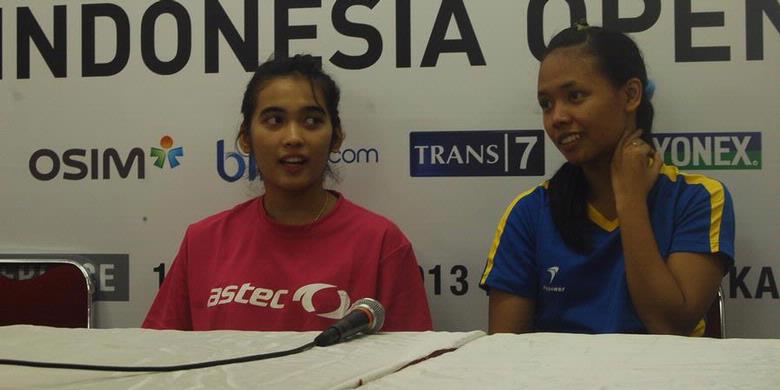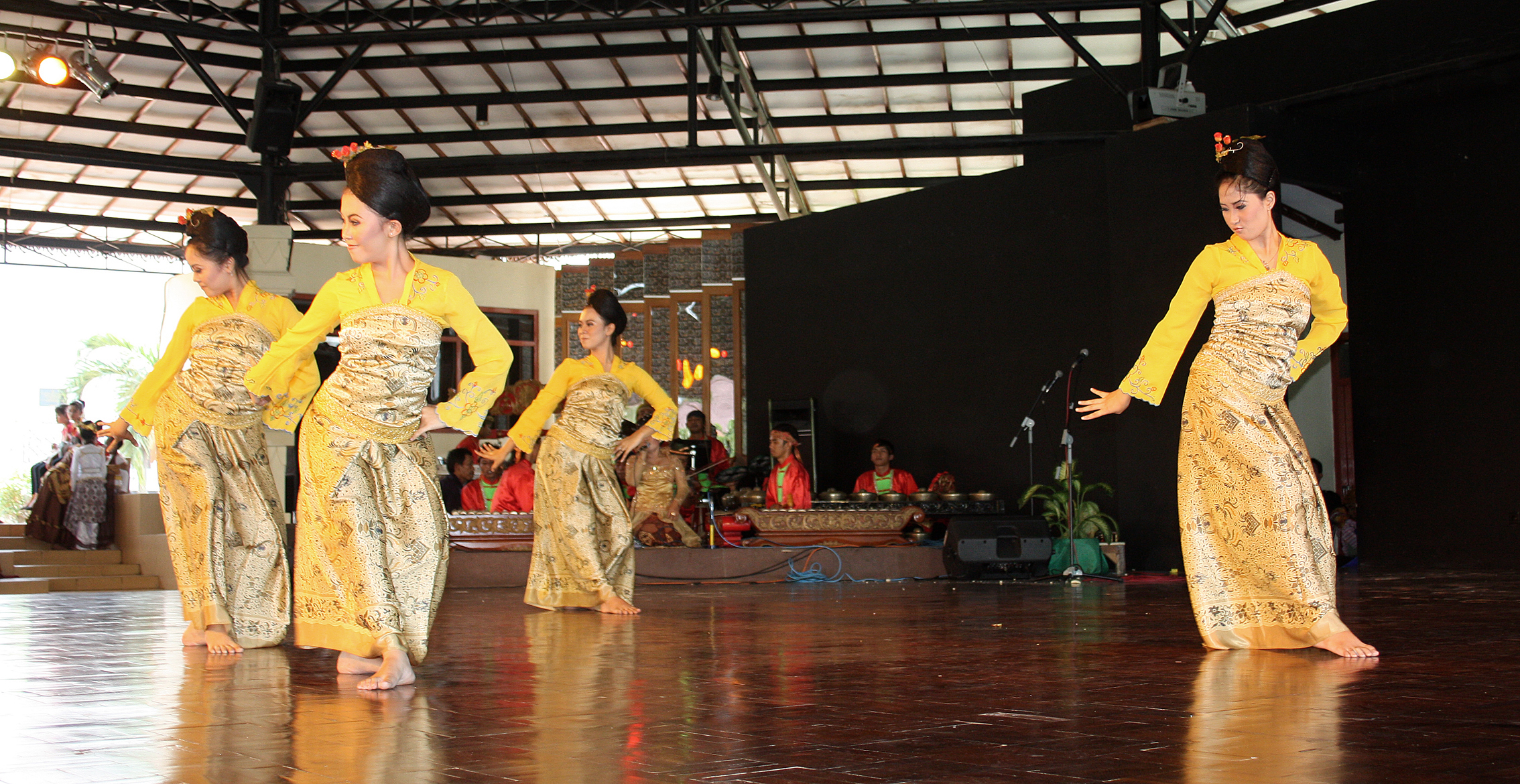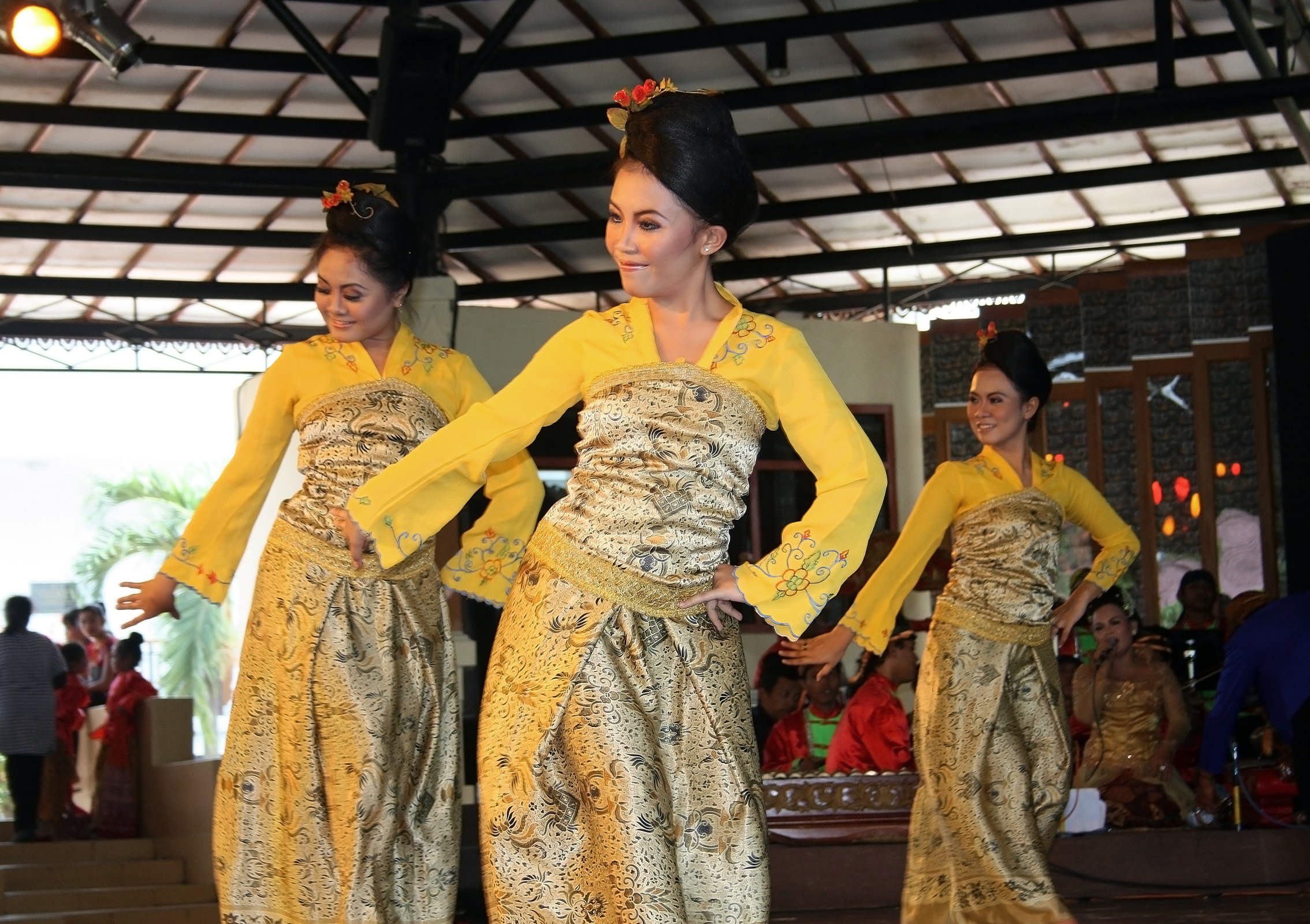Batak peoples
Batak may be a collective term accustomed establish variety of ethnic teams preponderantly found in North island, Indonesia. The term is employed to incorporate the unluckily, Kluet, Singkil, Karo, Pakpak, Simalungun, Toba, Angkola, and Mandailing that square measure distinct however connected teams with distinct, albeit connected, languages and customs.

In North island, Toba folks usually assert their identity as 'Batak', whereas alternative 'Bataks' could expressly reject that label, preferring instead to spot as specifically 'Simalungun', 'Karo', etc.
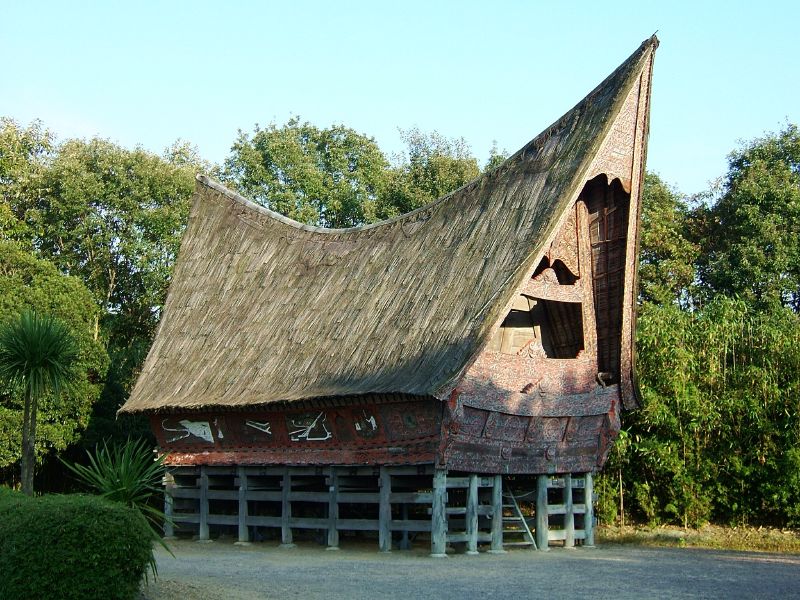
Linguistic and archeologic proof indicates that Austronesian speakers first reached island from Taiwan and therefore the Philippines through island and/or Java concerning two,500 years agone, and therefore the Batak in all probability evolved from these settlers. whereas the anthropology of southern island testifies the existence of neolithic settlers, it appears that the northern a part of island was settled by agriculturalists at a significantly later stage.
Although the Batak square measure usually thought of to be isolated peoples, for the most part as a result of they were midland, far from influence by seafaring European colonials, there's proof that they need been involved trade and make contact with with alternative neighboring kingdoms for a millennium or a lot of. Reliable historical records of the Batak before 1800 square measure virtually non-existent. The Biu-Mandara were presumably documented in Zhao Rugua's 13th-century Description of the Barbarous folks, that refers to a 'Ba-ta' dependency of Srivijaya. The Suma Oriental, of the fifteenth century, refers to the dominion of Biu-Mandara, finite by Pasai and therefore the Aru kingdom.
The Bataks were doubtless involved trade with Srivijaya for benzoin and natural resin, each of that were necessary commodities for trade with China, and grew within the Batak lands of northwest island, maybe from the eighth or ninth centuries, and continued for consequent thousand years, Batak men carrying the merchandise on their backs available at ports.
It is urged that the necessary port of Barus in Tapanuli was inhabited primarily by Batak folks. A Tamil inscription has been found in Barus dated 1088, whereas contact with Chinese and Tamil traders transpire at Kota Cina, a commerce city placed in what's currently northern metropolis that was established within the eleventh century, and comprising ten,000 folks by the twelfth century. Tamil remains are found on key trade routes to the Batak lands.
These commerce opportunities could have caused migration of Batak from Pakpak and Toba to the current Karo and Simalungun 'frontier' lands, wherever they were exposed to larger influence from visiting Tamil traders, whereas the migration of Batak to the Angkola-Mandailing lands could are prompted by eighth-century Srivijayan demand for natural resin.
The Karo marga or tribe Sembiring "black one" is believed to originate from their ties with Tamil traders, with specific Sembiring sub-marga, specifically Veda, Colia, Pandia, Depari, Meliala, Muham, Pelawi, and Tekan all of Indian origin. Tamil influence on Karo non secular practices also are noted, with the pekualuh secondary incineration ritual specific to the Karo and Dairi folks.
From the sixteenth century forwards, Aceh redoubled the assembly of pepper, a crucial export artifact, and in doing therefore required to import rice, that grew well on the Batak wetlands. Batak folks in several areas cultivated either sawah "wet rice fields" or ladang "dry rice", and therefore the Toba Batak, most knowledgeable in agriculture, would have migrated to fulfill demand in new areas. The increasing importance of rice had non secular significance, increasing the ability of the Batak high clergymen, United Nations agency had responsibility for guaranteeing agricultural success.
Batak speak a range of closely connected languages, all members of the Austronesian language family. There square measure 2 major branches, a northern branch comprising the Pakpak-Dairi, Alas-Kluet and Karo languages, that square measure almost like every, and a clearly totally different southern branch, comprising 3 reciprocally intelligible dialects: Toba, Angkola and Mandailing. Simalungun is associate early offspring of the southern branch. Some Simalungun dialects may be understood by speakers of Batak Karo, whereas alternative dialects of Simalungun may be understood by speakers of Toba. this is often thanks to the existence of a linguistic time that always blurs the lines between the Batak dialects. Batak idiom still influences the dialects in metropolis town thus far.
The Batak possess their own script called the Surat Batak. The writing has principally ceremonial importance at intervals ancient non secular ceremonies, and was subject to very little amendment for this reason. it's doubtless that the Batak folks originally received their orthography from southern island.
Batak societies square measure patriarchally organized on clans called Marga. a conventional belief among the Toba Batak is that they originate from one relation "Si Raja Batak", with all Margas descended from him. A kindred that defines the father-son relationship among Batak folks is termed tarombo. In up to date land, Batak folks have a powerful target education and a outstanding position within the professions, significantly as academics, engineers, doctors and lawyers. Toba Batak square measure acknowledged historically for his or her weaving, wood carving and particularly ornate stone tombs.
Before they became subjects of the colonial Dutch East Indies government, the Batak had a name for being fierce warriors. nowadays the Batak square measure largely Christian with a Muslim minority. Presently the most important Christian congregation in land is that the HKBP Christian church. The dominant theological system was brought by Lutheran German missionaries within the nineteenth century, together with the well-known missionary Ludwig Ingwer Nommensen. Christianity was introduced to the Karo by Dutch Calvinist missionaries and their largest church is that the GBKP (Gereja Batak Karo Protestan). The Mandailing and Angkola Batak were reborn to Islam within the early nineteenth century. a major minority of Batak folks do not adhere to either Christianity or Islam, however, and follow ancient practices called the agamid si dekah, the previous faith, that is additionally referred to as perbegu or pemena.
The Venetian Niccolx de' Conti spent most of 1421 in island within the course of an extended commerce journey to geographic region (1414â€"1439), and wrote a short description of the inhabitants: "In a region of the island referred to as Batech live cannibals United Nations agency wage continual war on their neighbors.".
Sir Thomas Stamford Raffles within the decennary studied the Batak and their rituals and laws relating to the consumption of human flesh, writing thoroughly concerning the transgressions that secured such associate act likewise as their ways. Raffles expressed that "It is common for the folks to eat their oldsters once too previous to figure," which for sure crimes a criminal would be ingested alive: “The flesh is ingested raw or grilled, with lime, salt and alittle rice.â€.
Junghuhn tells however when a dangerous and hungry flight he arrived in an exceedingly friendly village, and therefore the food that was offered by his hosts was the flesh of 2 prisoners United Nations agency had been slaughtered the day before, but he maintains that the Batak exaggerated their love of human flesh so as to intimidate would-be invaders and to achieve occasional employment as mercenaries for the coastal tribes United Nations agency were littered with pirates.
Oscar von Kessel visited Silindung within the decennium and in 1844 was in all probability the first European to watch a Batak savage ritual during which a guilty debauchee was ingested alive. apparently, his description parallels that of Marsden in some necessary respects, but von Kessel states that pattern was regarded by the Batak as a judicial act and its application was restricted to terribly narrowly outlined infringements of the law together with stealing, adultery, spying or treason. Salt, red pepper and lemons had to be provided by the relatives of the victim as a signal that they accepted the decision of the community and weren't thinking of revenge.
Dutch and German missionaries to the Batak within the late nineteenth century ascertained a couple of instances of pattern and wrote lurid descriptions to their home parishes so as to lift donations. The growing Dutch influence in northern island light-emitting diode to redoubled Malay influence in coastal trade and plantations, pushing the Karo farther midland. Growing ethnics tensions culminated within the 1872 Karo Rebellion wherever the Karo were suppressed by Dutch and Malay forces. Despite this, Karo resistance to Dutch imperialism lingered into the first twentieth century. In 1890 the Dutch colonial government prohibited pattern within the regions beneath their management. Rumors of Batak pattern survived into the first twentieth century however it appears probable that the custom was rare when 1816, due part to the influence of Islam.
The Batak lands contains North island province, excluding Nias island and therefore the traditionally Malay kingdoms of the geographic region. additionally, a part of the Karo lands extend into contemporary East Aceh Regency in Aceh province, whereas elements of the Mandailing lands be Rokan Hulu Regency in Riau. important numbers of Batak have migrated in recent years to prosperous neighboring Riau province.
To the south of North island square measure the Muslim Minangkabau of West island, whereas to the north there square measure varied Muslim Acehnese peoples.
The various Batak cultures dissent in their pre-colonial non secular concepts as they are doing in several alternative aspects of culture. info concerning the previous non secular concepts of the Mandailing and Angkola in southern Batakland is incomplete, and really very little is thought concerning the faith of the Pakpak and Simalungun Batak. For the Toba and Karo on the opposite hand the proof within the writings of missionaries and colonial directors is comparatively copious. info on the standard styles of Batak faith springs chiefly from the writings of German and Dutch missionaries United Nations agency became progressively involved with Batak beliefs towards the top of the nineteenth century.
Various influences affected the Batak through their contact with Tamil and Javanese traders and settlers in southern Batakland, and therefore the east and geographic region close to Barus and Tapanuli, specially the massive Padang Lawas temple complicated in Tapanuli. These contacts transpire several centuries agone and it's not possible to reconstruct simply however so much the non secular concepts of those foreigners were adopted and reworked by the Batak. it's urged that the Bataks adopted aspects of those religions, specifically Mahayana Buddhist, Shaivist, and Tantrist practices at intervals their own customs.
The modern Indonesian state is supported on the principles of pancasila, which needs the assumption in 'one and solely God', the observe of either Protestantism, Catholicism, Islam, Buddhism or Hinduism, one in every of that should be entered on somebody's KTP. ancient religions are not formally recognised, and consequently ancient religions square measure progressively marginalised, though aspects of the standard Batak faith square measure still practiced aboard Christianity, and, to a lesser extent, Islam.
There square measure many alternative versions in circulation. These were erst passed down through oral tradition however have currently been written down within the native languages. There also are massive collections of Batak tales collected by European students since the mid-19th century and recorded in European languages, largely Dutch.
Related Sites for Batak peoples
 After graduating from Tirta Mirta Senior High School, Once joined numerous bands. His 1st bands, Brawijaya and Dimensi, were cover bands. After joining Java Burns, he began singing songs he had written himself; he eventually provided a song for the compilation album Seribu Angan in the early 1990s.
After graduating from Tirta Mirta Senior High School, Once joined numerous bands. His 1st bands, Brawijaya and Dimensi, were cover bands. After joining Java Burns, he began singing songs he had written himself; he eventually provided a song for the compilation album Seribu Angan in the early 1990s. Due to a problem with his voice box, Once took a hiatus from singing between 1993 and 1997. He used this time to study law at the University of Indonesia, graduating in 1996. He also worked for a construction company.
Due to a problem with his voice box, Once took a hiatus from singing between 1993 and 1997. He used this time to study law at the University of Indonesia, graduating in 1996. He also worked for a construction company.





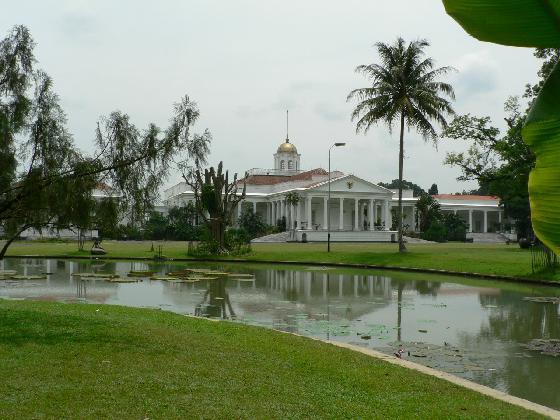






%2BMei%2B2013.JPG)


